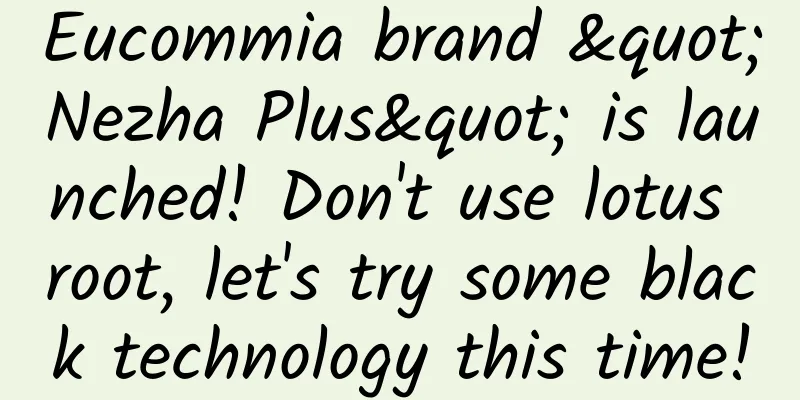Is Codonopsis pilosula ginseng?

|
We all know that ginseng is a very nutritious food, and for many people, ginseng can also help them treat many diseases. Of course, there are many types of ginseng in our daily life, such as old mountain ginseng, American ginseng, etc. Some people found that Codonopsis pilosula was also included in some Chinese herbal medicines. So the question is, is Codonopsis pilosula really ginseng? I believe everyone is very familiar with ginseng. So the question is, are ginseng and codonopsis the same? Some people know that the word "dang" in codonopsis refers to Shangdang in Shanxi, so they think that codonopsis is ginseng produced in Shangdang. If you think so then you are wrong. In fact, Codonopsis and ginseng are two different species. Codonopsis is the dried root of Codonopsis pilosula, Codonopsis pilosula or Codonopsis pilosula of the Campanulaceae family, while ginseng is the dried root of Panax ginseng of the Araliaceae family. The cultivated one is called "garden ginseng" and the wild one is called "mountain ginseng". Ginseng tastes sweet, slightly bitter, and has a neutral nature. It enters the spleen, lung and heart meridians. It has the effects of replenishing vital energy, restoring pulse and strengthening deficiency, nourishing the spleen and lungs, promoting body fluid and calming the mind. It is used to treat symptoms such as physical weakness and imminent collapse, cold limbs and weak pulse, spleen deficiency and poor appetite, lung deficiency and wheezing and coughing, thirst due to loss of body fluids, internal heat and thirst, long-term illness and weakness, palpitations and insomnia, impotence and cold uterus, heart failure, and cardiogenic shock. The dosage for decoction is 3-9g. It can be decocted and added to soup for oral administration. If wild ginseng is ground into powder, it can be swallowed, 2g at a time, twice a day. In fact, ginseng has more functions than codonopsis. 1. It can greatly replenish the vital energy, restore the pulse and consolidate the body, and can treat the syndrome of extreme deficiency of vital energy and impending collapse. This effect is what people usually understand as ginseng's ability to save lives at critical moments. It includes critical symptoms such as depletion of human vitality, physical weakness, and weak pulse due to serious illness, long-term illness, severe vomiting and diarrhea, and severe blood loss. At this time, you can use ginseng alone for decoction, which is called single ginseng soup. It is used in combination with aconite to treat severe loss of vital energy, or sudden loss of yang energy due to metrorrhagia, with symptoms such as profuse sweating, shortness of breath, and weak pulse. Ginseng can also be used in combination with yin-nourishing drugs to treat qi and yin deficiency syndrome. 2. Nourish the spleen and lungs, and treat spleen and lung qi deficiency syndrome. Weak spleen symptoms include spleen insufficiency, fatigue, poor appetite and loose stools; shortness of breath and organ prolapse due to sinking of Qi in the middle; spleen deficiency leading to abnormal blood control and causing long-term bleeding; spleen deficiency and inability of Qi to produce blood, leading to deficiency of both Qi and blood, etc. Lung qi deficiency includes lung deficiency cough and asthma, excessive sputum, lung and kidney deficiency, and asthma due to kidney's failure to absorb qi. These symptoms can be treated by using ginseng in combination with other spleen and lung-strengthening drugs. |
<<: What is Yanhuang Chinese Medicine?
>>: Can Codonopsis be used to make wine?
Recommend
The efficacy and function of maple parasite
The medicinal value of maple parasite is beyond o...
In addition to space junk, they also threaten spacecraft!
Not long ago, NASA, ESA and the Canadian Space Ag...
What is the medicinal property of Cistanche deserticola?
The Chinese medicinal material Cistanche desertic...
How to eat and how much to use musk
There are many Chinese medicinal materials that a...
The efficacy and function of salted shrimp flower
Salted shrimp flower is a very common type of Chi...
The prototype of the "Nautilus" in "Twenty Thousand Leagues Under the Sea": a "living fossil" in the sea with a very long lifespan
In the science fiction novel "Twenty Thousan...
Raising a child with your hands free? Don’t treat this “deadly weapon” as a “magic weapon”!
Just one month ago, on May 16, US President Biden...
Can you take away all the dirt with just one spray? Another day of being cheated by short videos
If you often visit Douyin, you must have been rec...
What are the functions and effects of Dictamni?
Dactylic acid bark is quite common at present. It...
The efficacy and function of razor clam meat
Razor clam meat is a very good Chinese medicinal ...
Do you know the effects and functions of Pinellia ternata?
Pinellia is a very good Chinese medicinal materia...
Effects and functions of Zhejiang Passerella
Many people know that Zhejiang Glehnia littoralis...
The efficacy and function of pumice
The choice of medicine for treating diseases is c...
Bazaarvoice: Consumer Experience Index 2025
Bazaarvoice released its 2025 Consumer Experience...
Laxatives are poisonous. How can I poop comfortably?
Constipation is a common problem among adults. Co...









